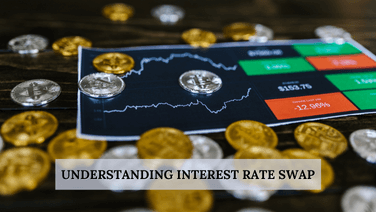Bull Call Spread Option Strategy
28 June 2013 | By IFA Global | Category - Financial Market Products and Strategies

Bull Call Spread
It is an option strategy which involves buying a call option at a specific strike price and simultaneously selling a call option of the same asset and expiration date but at a higher strike.
When to use:
A bull call spread is used when you have a moderately bullish view on the underlying asset.
Implementation:
Bull call spread can be implemented by buying an at-the-money (ATM) / in-the- money (ITM) call option while simultaneously selling out-of-the-money call option (OTM) of the same underlying asset and the same expiration month.

Cost and Profit Calculation:
By selling the out-of-the-money call, the options holder reduces the cost of establishing the bullish position. However in this it forgoes the chance of making a large profit in the event that the underlying asset price skyrockets.
The formula for calculating maximum profit is given below:
- Max Profit = Strike Price of Short Call - Strike Price of Long Call - Net Premium Paid - Commissions Paid
- Max Profit Achieved When Price of Underlying >= Strike Price of Short Call
Limited downside risk:
The bull call spread strategy will result in a loss if the price of underlying asset declines at expiration.
Maximum loss is restricted up to the net premium paid. The formula for calculating maximum loss is given below:
- Max Loss = Net Premium Paid + Commissions Paid
- Max Loss Occurs When Price of Underlying <= Strike Price of Long Call
Breakeven Point:
The underlying price at which break-even is achieved for the bull call spread position can be calculated using the following formula. Breakeven Point = Strike Price of Long Call + Net Premium paid
Example:
This strategy was suggested to our importer clients at the level of 59.50-59.60 levels
View:
The view is rupee will correct from these levels or maximum it will hit 62 on the upside in the next month.
Objective:
You want to gain from the appreciation in the rupee. In case it goes to 62 and start going higher you are still protected.
Exercise:
You buy an OTM call option at 60 and pay a premium of 0.84 INR (leg A of transaction). To reduce the cost of buying the call option, you also sell an OTM call with a strike price of 61.50 and receive a premium of 0.30 INR (leg B of transaction). This means the total cash outlay on account of premium is reduced from 0.84 to 0.54.
In this combined strategy, Leg A gets exercised when the USD strengthens beyond 60 and the leg B gets exercised and starts resulting in losses beyond 61.50. For any movement below 60, the loss will limited up to the net premium paid.
Maximum Profit & loss:
Higher Strike price – Lower Strike Price – Net Premium paid (61.50-60.00-0.54) = 0.96
The losses are limited to the net premium paid which in this case is 0.54.




